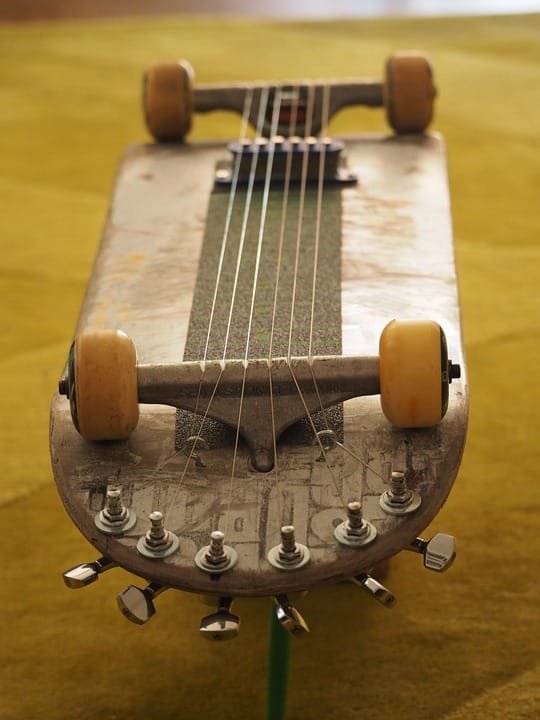Unlocking the Power of Sustainable Fashion: Turning Old into New
As I stood amidst the familiar rows of second-hand stores, the words of a wise fashionista echoed in my mind: "Waste not, want not." My journey into sustainable fashion had begun, and I was eager to share the excitement and inspiration that came with it.
The Dark Side of Fast Fashion
Fast fashion, a phenomenon that has taken over the globe, has severe consequences on both the environment and society. A shocking 12.8% of global greenhouse gas emissions come from the fashion industry, and it’s estimated that 85% of unwanted garments end up in landfills or incinerators. But it’s not just the planet that suffers – fast fashion’s environmental and social footprint has devastating effects on workers, including inhumane working conditions and low wages.
The Rise of Sustainable Fashion
Gone are the days of throwaway fashion. Today, eco-friendly brands are taking the spotlight, offering innovative solutions that prioritize sustainability without compromising on style. Eco-friendly materials, such as recycled polyester and Tencel, are being used in place of traditional resources. Brands like Patagonia, Everlane, and Reformation are leading the way, showcasing that sustainable fashion can be both trendy and ethically produced.
Upcycling: The Art of Turning Old into New
As I delved deeper into the world of sustainable fashion, I discovered the magic of upcycling. This creative process involves transforming old, discarded materials into something new and valuable. From turning old denim into quilts to reworking vintage lace into statement accessories, the possibilities are endless. [Image: A visually stunning photo of a DIY upcycling project, such as a denim quilt or a lace bag] Renowned designers like Iris van Herpen and sustainable fashion icon, Stella McCartney, have incorporated upcycling into their designs, proving that innovation and sustainability can coexist.
Tips for a Sustainable Wardrobe
So, how can you get started on your sustainable fashion journey? It begins with simple swaps:
- Buy less, buy better: Invest in high-quality, sustainable pieces that won’t end up in landfills.
- Shop second-hand: Thrift shopping is a treasure trove of hidden gems, and you’ll reduce your carbon footprint by 85%.
- Repair and maintain: Extend the life of your clothes by mending, reworking, or repurposing them.
- Avoid fast fashion: Opt for timeless, cruelty-free, and eco-friendly brands.
- Upcycle and repurpose: Give new life to old materials and turn trash into treasure.
Conclusion: A Call to Action
As I reflect on my journey, I realize that sustainable fashion is not just a trend – it’s a commitment to conscious living and self-expression. By embracing upcycling, slow fashion, and eco-friendly materials, we can make a positive impact on our planet and communities. Join me in this transformative journey, and together, let’s reimagine the future of fashion.
FAQs:
Q: What is upcycling, and how does it work?
A: Upcycling is the process of transforming old, discarded materials into something new and valuable, reducing waste and promoting sustainability.
Q: How can I start upcycling?
A: Begin by collecting old materials, like clothes, fabric scraps, or papers, and experiment with different techniques, such as sewing, quilting, or crocheting.
Q: What are some popular eco-friendly materials?
A: Tencel, recycled polyester, organic cotton, and bamboo are just a few examples of sustainable fabrics that are gaining popularity.
Q: What are some tips for maintaining my clothes to extend their life?
A: Regular washing, gentle drying, and avoiding harsh chemicals can help extend the life of your clothes. You can also repair, repurpose, or upcycle old clothes to give them a new lease on life.
By embracing sustainability, we can create a brighter, more stylish future for all. Join the movement and start your journey today!








Leave a Reply